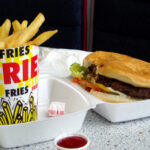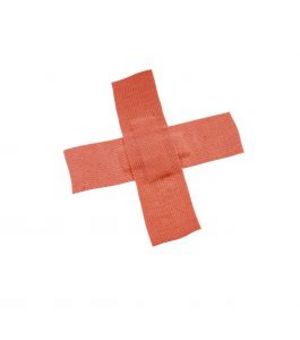High blood pressure seems to be one of the most soaring epidemics in today’s society.
With a McDonald’s on virtually every street corner in the world, it’s often difficult to avoid the temptation of eating food that, no matter how unhealthy you know it is, remains convenient to both your schedule and your wallet.
So when you are told that you need to start lowering your blood pressure because your health is at risk, it’s important to know that making dietary changes isn’t as hard as it seems.
Perhaps the biggest obstacle to overcome, is learning to consume less sodium.
Remove the salt shaker from the dinner table. Take a look in your fridge and your cabinets and see what foods are currently in your diet. It is most likely that you will not have to rid of any favorite foods, but rather adjust them.
For example, eat fresh vegetables, low sodium vegetable juices and frozen vegetables without sauce. Try to avoid pastries, corn chips and potato chips, and replace them with crackers, low-sodium popcorn, or oatmeal.
Meat is perhaps the one food group that could devastate one’s high blood pressure diet, according to www.gicare.com. Therefore, it’s important to avoid anything smoked, pickled or cured, such as bacon, hotdogs, sausage and deli meats.
Try instead to eat fresh or frozen lean meats, poultry, fish, shellfish or tuna in water. Non meat-eaters should try and incorporate beans, lentils, an unsalted nuts and seeds in their diet.
With dairy, one should simply go low-fat in everything, including cheese, milk and yogurt.
Help yourself to plenty of whole grains, found in bread, rice and pasta, as well as fruit, which can be fresh, frozen or canned.
It’s also important to make sure you’re getting the right nutrients when on a high blood pressure diet.
According to the DASH diet, which stands for Dietary Approaches to Stop Hypertension, it’s essential to eat foods that are rich in potassium, magnesium, calcium and fiber.
Of course, the basic rule of thumb here is to consume as much fruits and vegetables as possible, as these food groups are naturally the most abundant in nutrients.
According to www.gi-care.com, studies show that people who consume more potassium have lower blood pressure than those who consume less. Foods rich in this nutrient include tomatoes, bananas, spinach, zucchini, potatoes, cantaloupe and watermelon.
Eating citrus fruits like oranges, grapefruits and pineapple, will provide potassium and fiber, while nuts, seeds and dried beans include potassium, magnesium and fiber. Whole grains provide fiber and magnesium, while fat-free or low-fat dairy products will provide lots of calcium.
Another rule of thumb, is that most calories and calories from fat can come from the dressings, sauces and condiments we use, no matter how healthy the food itself.
If you are a fan of ketchup, mustard, salsa, pickles or garlic salt, have no fear. Simply switch these condiments to a low-sodium brand and try to use sparingly.
Herbs and spices like fennel, oregano, black pepper, basil and rosemary are all flavor inducing substances, which can take the place of sodium in dishes.
According to www.holisticonline.com, diastolic blood pressure and cholesterol levels were reduced, when in a study, participants with high blood pressure were given one clove of garlic a day, for 12 weeks. Garlic also helps to manage hypertension. You can use it in virtually anything, from meats, pastas and casseroles, to breads, soups and salads.
Saffron, onions, tomatoes, broccoli and celery, also help lower bad cholesterol.
To best sum up what you should and should not eat on a high blood pressure diet, can be found within the DASH diet, mentioned previously. According to www.pamf.org, “The DASH diet includes whole grains, poultry, fish and nuts and has reduced amounts of fats, red meats, sweets, sugar-containing beverages and high-sodium processed foods.
Using these dietary guidelines, one can still eat the foods they love, while lowering their blood pressure in the process.



